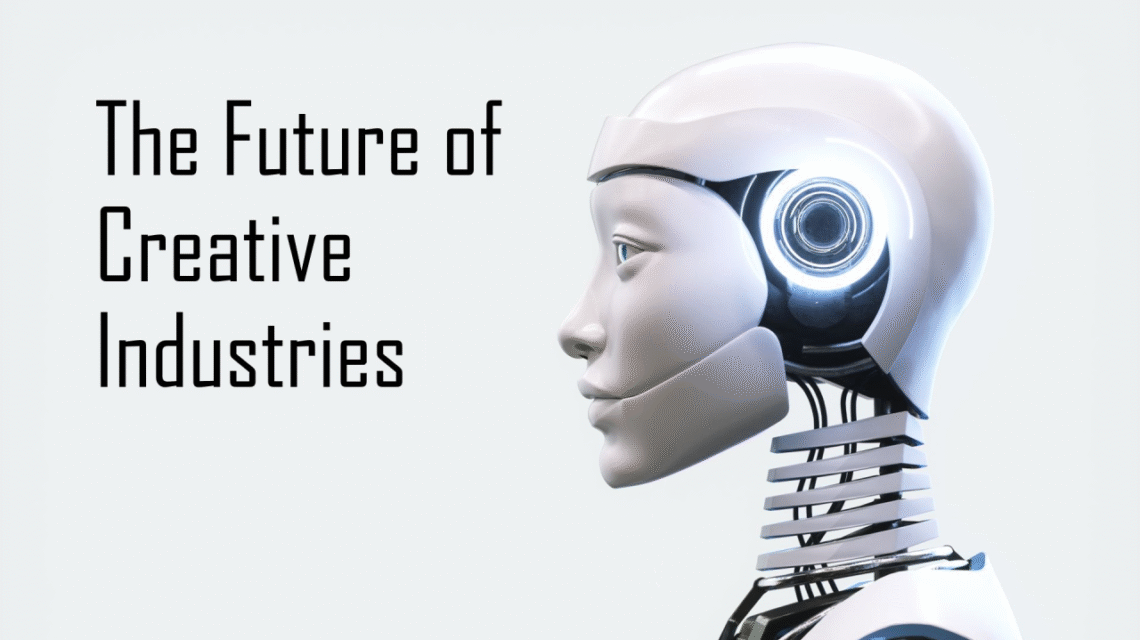Over the last two decades, the relationship between creativity and technology has shifted from cautious collaboration to full integration. What once felt like a division between “technical” and “artistic” pursuits is rapidly dissolving as new tools emerge that enhance, accelerate, and sometimes even redefine how we create.

From photography apps that correct lighting in real-time to design platforms that generate layouts with a single click, the digital world is making creativity more accessible than ever. But this wave of transformation goes far beyond convenience—it’s beginning to influence the very nature of the creative process itself.
Take music, for example. Once confined to studios and expensive equipment, music production is now something anyone with a laptop and an idea can explore. But the real turning point is the growing presence of AI music tools—systems that can compose, arrange, and even perform music based on mood, genre, or user input. While these technologies haven’t replaced musicians, they’ve undoubtedly opened the door for new types of collaborations, where human emotion and machine precision intersect.
Visual arts are evolving in a similar direction. Tools powered by machine learning can now generate artwork, simulate brush strokes, or even mimic the style of a specific artist. Writers, too, are beginning to use AI as a way to overcome creative blocks or brainstorm story structures. These aren’t just shortcuts—they’re invitations to reimagine what the act of creating looks like in the 21st century.
Still, this intersection of creativity and tech raises big questions: Where is the line between assistance and authorship? Can something generated by an algorithm hold the same emotional weight as a piece crafted by hand? Opinions vary, but one thing is certain—the creative landscape is shifting, and those willing to explore it are finding new voices and new ways to express them.
It’s worth noting that not all innovation is driven by novelty. Sometimes, the goal is simply to remove friction. A photographer using AI to adjust color balance isn’t trying to replace their artistic instinct—they’re trying to get closer to the version of the image they see in their mind. In the same way, a songwriter might use AI music tools not to automate their vision, but to extend it—to test harmonies, try out structures, or find inspiration in something unexpected.
Ultimately, technology doesn’t eliminate the need for creativity; it amplifies it. And as we move forward, the most exciting innovations may not come from machines or humans alone, but from what happens when the two work together in ways we haven’t yet imagined.
